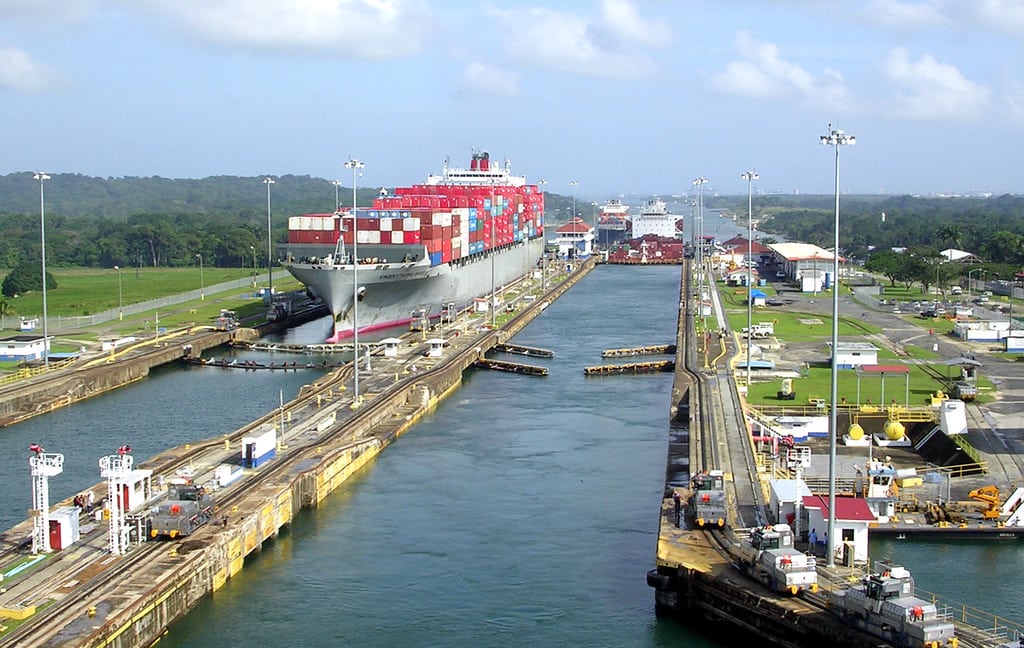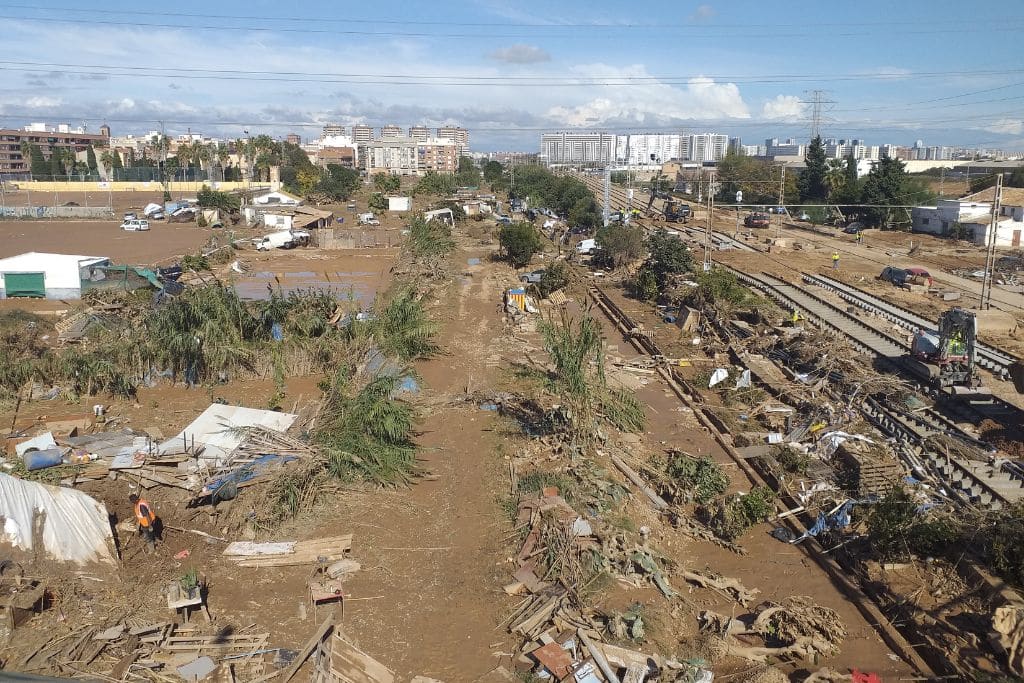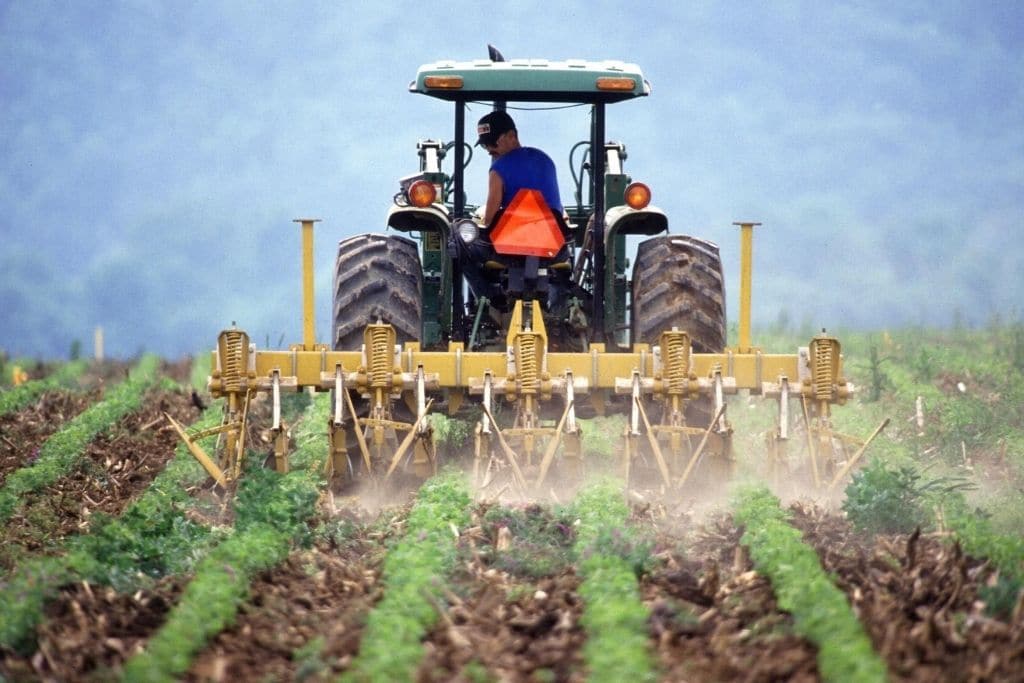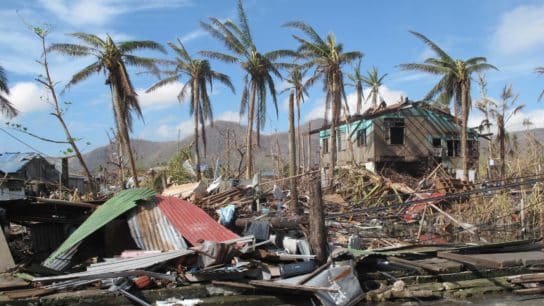As global temperatures rise and weather patterns become increasingly erratic, the agricultural sector faces profound challenges that ripple through the entire food supply chain, from production to transportation and storage.
—
Climate change is not just an abstract concept; its effects manifest in tangible ways that directly impact agricultural productivity. Extreme weather events, such as droughts, floods and heat waves degrade soil health, disrupt planting schedules, and diminish crop yields.
For example, recent devastating floods in Valencia, western Spain compromised orange crops and persimmon orchards, with damage estimates surpassing €1.089 billion (US$1.152 billion). This deadly storm has left many farmers unable to access their fields, worsening the situation and jeopardizing future harvests.
In Brazil, ongoing drought conditions affecting almost 60% of the country have caused coffee prices – particularly for arabica – to soar to a nearly 50-year high. The prolonged drought has not only decreased the quantity of coffee available but also compromised the quality of beans.
Unfortunately, these fluctuations are not isolated; they create a domino effect, driving up prices globally. As highlighted by Heather Stewart, the economics editor of the Guardian, the rising cost of staple foods is not merely an inconvenience for consumers; it increases the vulnerability of developing countries, where food security is already precarious.
Threats to Food Security
Climate change has caused an increase in desertification, particularly in places like Africa and Asia. Rapidly expanding population and rampant deforestation have also led to land degradation. This reduces soil productivity, leading to issues such as environmental hazards, food insecurity as well as loss of biodiversity.
Rising temperatures are causing precipitation to fall as rain rather than snow, accelerating the melting of ice at mountain summits. Glaciers in Central Asia, for example, are unable to replenish ice. As a consequence, less meltwater will flow to nearby regions, causing water shortages that affect residents and the agricultural sector.
The impact of extreme heat on food inflation is already evident, particularly in low-income countries that lack the resources to adapt. In Africa, inadequate harvesting and an increase in unproductive land are affecting the population of Engaruka and Tanzania by exacerbating food insecurity and economic hardship. As crop yields decline due to persistent drought and desertification, families struggle to meet their basic nutritional needs, leading to malnutrition and health problems, particularly among children and vulnerable groups.
Additionally, the lack of productive land drives many farmers to migrate in search of better opportunities, while competition for limited resources can result in conflicts within communities.
In Mauritania, a country in Northwest Africa, reduced rainfall has negatively impacted agricultural production, leaving many farmers struggling to grow sufficient food for their families and for sale.
More on the topic: Desertification: Causes, Effects, And Solutions
In a warming and increasingly globalized world, transport bottlenecks also emerge as a significant challenge as they disrupt the efficient movement of food products from farm to consumer.
These disruptions can lead to substantial delays in the delivery of perishable goods, such as fresh produce, which must be transported quickly to maintain quality. Even a few hours of delay can result in spoilage, leading to waste and reduced availability of food on the market. Additionally, when transportation routes are congested or inefficient, logistics costs rise due to detours, additional labor, and increased fuel expenses.

For instance, a record drought that has been affecting southern parts of the US, Panama and other neighbouring regions has significantly impacted traffic in the Panama Canal, one of the largest waterways in the world and the main artery of global trade.
In November, authorities were forced to restrict ship crossings for many months to come in light of historic low water levels in the channel. Such disruptions increase costs, which are ultimately passed on to consumers, compounding the economic impact of climate change on food prices.
The food industry relies heavily on imports of raw materials like grains and oils, making it vulnerable to disruptions in the Red Sea. Escalating geopolitical tensions have increased shipping risks, leading to higher transportation costs and added insurance for Saudi factories. Delays in shipments can disrupt supply chains, causing shortages that impact production rates. If the crisis worsens, factories may need to seek more expensive and less efficient transport alternatives, harming their competitiveness both locally and globally.
These disruptions lead to increased costs in the food supply chain that are ultimately passed on to consumers, making food products more expensive and less accessible, particularly for low-income households.
The economic loss caused by the disruption in the Red Sea and Panama Canal, two of the world’s largest shipping routes, is estimated at around US$1.25 trillion, according to an analysis by data and analytics company Russell.
You might also like: What the Panama Canal Drought Tells Us About the Fragility of Global Trade
Ripple Effects
The economic implications of climate-induced agricultural challenges extend beyond immediate price hikes. In the UK, the interplay of climate and economic factors is a growing concern in the country, particularly as food imports become increasingly costly due to climate impacts in producing regions.
As articulated in an analysis from the University of Salford, the reliance on imports for essential food items – such as the UK’s dependence on tomatoes from a few key countries – makes supply vulnerable to climate-induced crop failures. When adverse weather affects these regions, the reverberations are felt in grocery stores thousands of miles away.

The UK imports about 50% of its food, with around 84% of its fruit coming from abroad. Severe weather phenomena, like droughts in Spain and Italy and recent flooding events in central Europe, have reduced crop yields, driving up import costs and domestic food prices.
Extreme weather and increasing energy prices have contributed to an average rise of £605 (€697) in UK household food bills since 2021. Of this increase, rising temperatures and their associated impacts – such as droughts, floods, and crop failures – accounted for 60%, or £351 (€404) per household.
The interconnected nature of supply chains means that a failing crop in one part of Europe can escalate pressures on import markets, further driving up prices for consumers. This situation is aggravated by rising costs associated with feed, fertilizer, and fuel, which farmers must pass along the supply chain.
As Gordon Fletcher, the author of the aforementioned analysis, notes, the economic consequences of climate change are profound, creating a vicious cycle that affects both producers and consumers alike.
As for food produced domestically in the UK, the above average rainfall for most of 2023 and 2024 had a major impact on farming. According to data from the UK Department for Environment, Food and Rural Affairs, vegetable production in the UK fell by 4.9% in 2023 compared to the previous year.
Outlook
As agricultural challenges escalate, the need for resilient and adaptive agricultural practices grows critical to ensure food security and stabilize prices. Studies suggest that policymakers should invest in sustainable agricultural practices, enhance infrastructure, and strengthen resilience to climate-related shocks. This involves creating climate-resistant crop varieties and implementing effective water management strategies to protect food supplies.
Engaging local communities in restoration efforts will foster sustainable solutions to food insecurity. By involving community members in agricultural practices and decision-making processes, we can leverage local knowledge and resources, ensuring that solutions are tailored to specific needs. This approach not only empowers individuals but also fosters collaboration among various stakeholders, leading to innovative strategies that enhance food security.
The journey of food from farm to table is increasingly fraught with challenges due to climate change. From direct impacts on agricultural productivity to broader economic consequences that affect supply chains and food prices, the stakes have never been higher. As governments grapple with the realities of a changing climate, they need to develop comprehensive strategies to ensure food security and economic stability has never been more critical.
This story is funded by readers like you
Our non-profit newsroom provides climate coverage free of charge and advertising. Your one-off or monthly donations play a crucial role in supporting our operations, expanding our reach, and maintaining our editorial independence.
About EO | Mission Statement | Impact & Reach | Write for us














